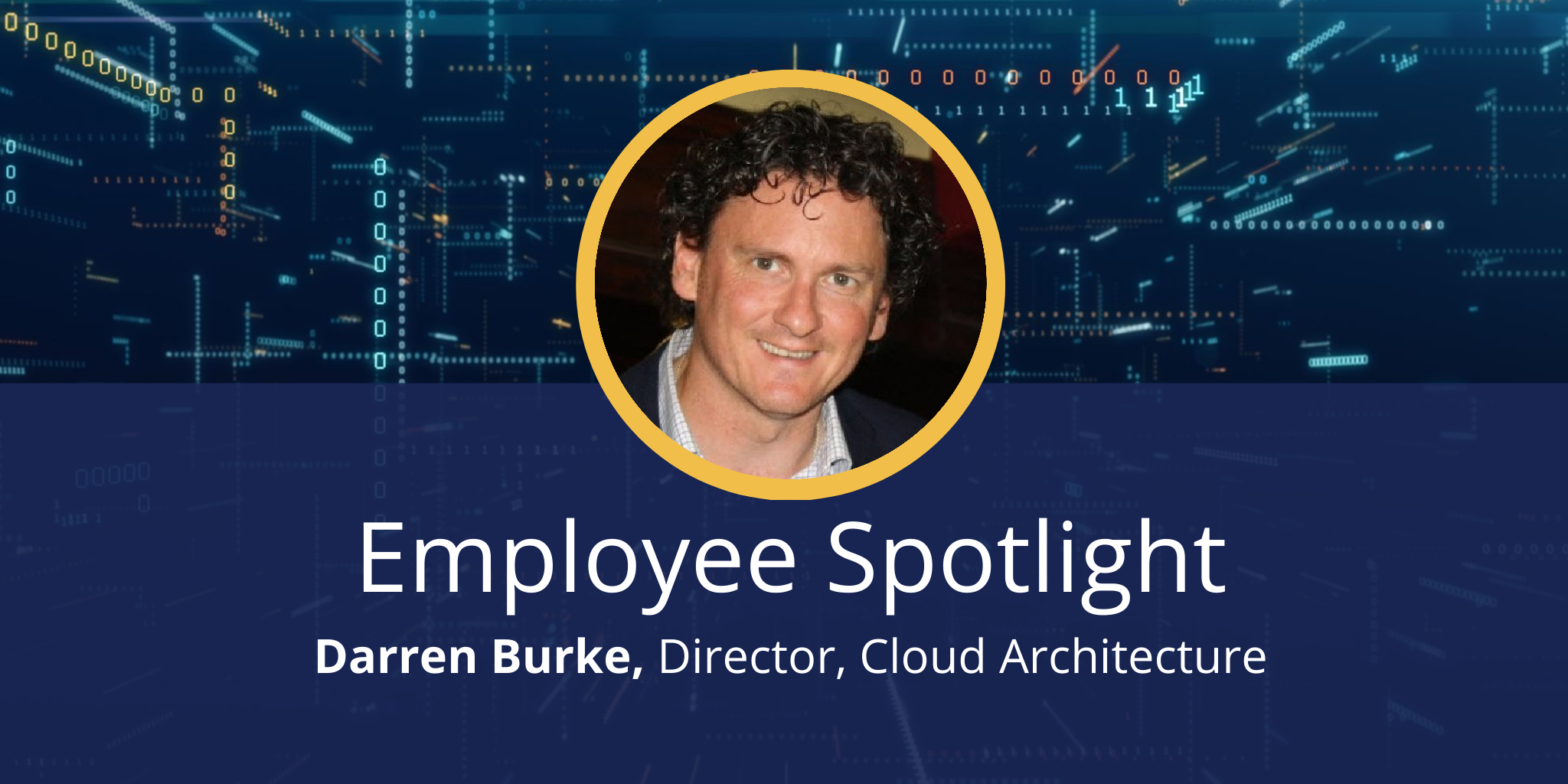How long have you been working at Siepe?
I joined soon after the company started in 2013, so just over ten years now. At that time, Michael and the team were building out the platform and needed to figure out the best way to host it. I was originally brought on in a consultancy role to help architect the platform and host Siepe’s software environments.
Although Microsoft Azure and Amazon Web Services (AWS) weren’t as large as they are today, we realized that this was the way to go and moved Siepe’s operations into the cloud. This attracted a lot of interest in the asset management industry, with fund managers looking to do the same with their operations using a managed services provider (MSP). This formed the basis of our IT infrastructure and MSP offering, and over time, we have continued to scale and grow these services.
How did you end up working at Siepe?
Before I joined Siepe, I worked at HBK Capital Management in Texas for nearly 10 years as the Head of IT, which was where I met Michael. I had just finished up at HBK and was looking to take a career gap when the financial crash happened. As my family is originally from Ireland, we made a decision to relocate back there, where I ended up doing some consulting work for HBK for almost three years remotely.
Michael then got in touch about Siepe and the work they were doing in data management and brought me in to help build out the system.
What project(s) have you worked on at Siepe that you are particularly proud of or found the most interesting?
I am most proud of being able to deliver Siepe’s clients with almost unlimited computing capacity using AWS and Azure.
I used to build data centers and physical servers at HBK. Back then, you could walk into a room of all the systems you were managing and see all the systems sitting in there, with the fans humming away. Nobody wants to deal with that anymore and computing capacity was very limited by how much physical capital you had. For example, if you wanted more capacity, you needed to invest in more servers.
However, now the only hard drive we ever need to buy is the hardware for an office, which is just for the switching, wireless network, and firewalls. Everything else is in the cloud, and capacity can be scaled on demand. It also means that we never need to touch our clients’ systems or need someone to be on-site in order to help our clients manage their own systems – everything can be done remotely, more efficiently, and quickly.
What is a key differentiator for Siepe?
Siepe has always been leading the way in pushing forward the technological transformation of the fund management industry. Even if we go back three or four years, public cloud adoption was quite minimal.
We were the first to take the leap, and we made sure to take it quite carefully. It wasn’t just something we wanted to jump quickly into. We had done this for our own internal technology, and we were very comfortable with how it turned out before we began to sell it to our clients. But back then, we were talking to clients. Some clients said, “Wow, we need to be doing this. This is the future.”
Other clients we talked to thought, “Are you crazy? I don’t want to run everything on Amazon, I don’t trust them. They’re never gonna stay up. They have security issues, etc.” Fast forward ten years, and what we’ve been doing all along is now completely mainstream.
What advice would you give to firms looking to upgrade their IT infrastructure and tech stack?
Siepe makes the transition to public cloud very easy, but every company has different requirements for their networks and operations. Some companies just need wifi and Microsoft Office to run their business activities, whereas others will need dozens, if not hundreds, of servers running on AWS or Azure.
Take quants and computerized trading, for example. They need a lot of systems and servers to analyze and identify new trading opportunities and may need to scale their environments at various times throughout the day. The easiest thing for these funds to do is get set up on the public cloud because once you get set up, everything is scalable. This helps them future-proof their business without having to rely on private or on-premise servers, which makes upgrading or adjusting operations far more difficult.
What is a fun fact about yourself?
I live in Kinsale, on the south coast of Ireland, right on the sea, in a very picturesque, beautiful town. As I get to work from home, at the end of the day, I can walk out my front door and drag my kayak into the sea, and go kayaking around the coves within a couple of minutes.

